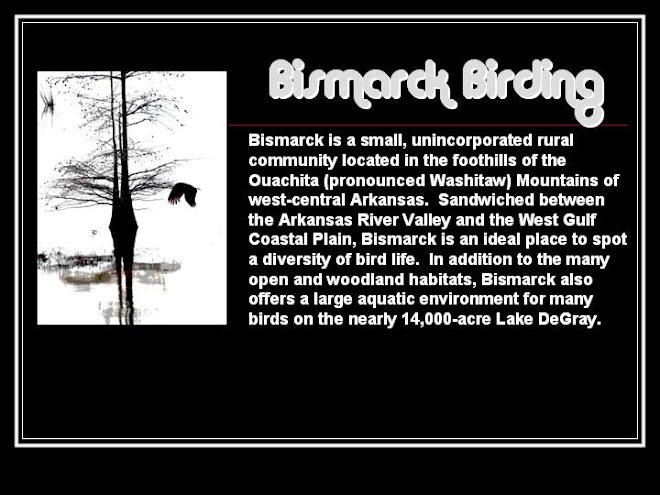Day after day and week after week, the tufted titmouse (
Parus bicolor) is the most faithful visitor to my backyard feeders. I get a kick out of this bird's eating habits; they quickly grab one sunflower seed then fly to the nearest tree branch and hold the seed with its foot in order to peck it open --a process that continues all day. These guys seem like the nervous type. Even their flight seems a bit fluttery and erratic. Titmice are found year round throughout the great eastern deciduous forests of North America. They nest in tree cavities (either naturally occurring or abandoned by woodpeckers) where they line the inner portion of the nest with hair. Scientists have identified the hairs as comming from various sources: raccoon, possum, dogs, cats, and even human.


 It would appear that New England Downy Woodpeckers have a sweet tooth. My good friend (and mother of my son-in-law), Suzanne, sent me these great pics from Rhode Island. I have to admit I had never seen this before in my backyard. I have caught woodpeckers eating my sunflower seeds and even pecking away at a slice of watermelon I left out for the butterflies, but never slurping from our hummingbird feeders. Interesting pics, indeed. Thanks Suzanne and keep the pics coming.
It would appear that New England Downy Woodpeckers have a sweet tooth. My good friend (and mother of my son-in-law), Suzanne, sent me these great pics from Rhode Island. I have to admit I had never seen this before in my backyard. I have caught woodpeckers eating my sunflower seeds and even pecking away at a slice of watermelon I left out for the butterflies, but never slurping from our hummingbird feeders. Interesting pics, indeed. Thanks Suzanne and keep the pics coming.




















